As SLPs, it is part our job to ensure that our students and clients can express themselves in a clear and concise manner. Usually, when we think of expressive language we think verbal, but what about writing? Writing is the a form of expressive language, so why don’t more SLPs target it?
According to ASHA, writing is within our scope of practice:
“SLPs’ knowledge of normal and disordered language acquisition, and their clinical experience in developing individualized programs for children and adolescents, prepare them to assume a variety of roles related to the development of reading and writing. Appropriate roles and responsibilities for SLPs include, but are not limited to (a) preventing written language problems by fostering language acquisition and emergent literacy; (b) identifying children at risk for reading and writing problems; (c) assessing reading and writing; (d) providing intervention and documenting outcomes for reading and writing; and (e) assuming other roles, such as providing assistance to general education teachers, parents, and students; advocating for effective literacy practices; and advancing the knowledge base. These roles are dynamic in relation to the evolving knowledge base and have implications for research and professional education.”
You can read the full position statement HERE.
There are probably a few reasons many SLPs don’t target writing: time, not knowing where to start, not knowing how to assess, etc. So, here are some resources you can use to help your students develop their verbal and written language.
Assessment
There are two tests that I used that have components to assess written language, the Oral and Written Language Scales: 2nd Edition (OWLS – 2) and the Clinical Evaluation of Language Fundamentals: 5th Edition (CELF-5). Both of these assessments have subtests to evaluate components of written language. The fact the the OWLS-2 sounds like it is from Harry Potter is an added bonus.
Goals
Here is where I think working on writing can get intimidating. Typically, if a student needs to work on writing they will have other language aspects that need attention too and the last thing you want is to write a bunch of goals and only get to 3/4 of them because their are so many. Don’t reinvent the wheel here. The students that I have that need to work on writing usually also receive LD Resource services. The resource teacher and I will share a goal for writing in these instances. I will work the writing goal into my speech lessons when appropriate and she will target the ‘meat’ of it in her lessons. We touch base on their writing periodically and when it comes time for progress reports. If you can’t share a goal, you can make the writing portion part of the benchmark scaffold for a student.
Activities and Materials
The great thing about writing is that it is very flexible and easy to incorporate into sessions. As your students progress with one goal, say synonyms, have then write a sentence with the targeted word in it. You can have students identify describing components for an item, then write a sentence for each one. As the students progress you can have them work up to paragraphs. It is a helpful and easy way to see if they are carrying over the areas you are working on. One thing I have my students do is say their sentences out loud, a word at a time, as they write. You would be surprised how many of them still make errors on things we have worked on like verb tenses and plurals. They will say ‘dogs’ and write ‘dog’. That is why I have them go word by word. Working with scrambled sentences is a great way for them to start learning structure as well. You can have them unscramble a sentence to put it in the correct order, then write the sentence down.
Don’t forget about using graphic organizers for larger projects like paragraphs and summarizing! Writing can appear to be a daunting task for our students, using the provided structure of an organizer can help to take some of the pressure off and provide visual support. There are lots of cute graphic organizers out there, a quick Google or TpT search will give you plenty. I saw the book 3D Graphic Organizers by Scholastic, mentioned in a post from Speech Room News. This type of organizer can add that level of engagement that some students lack when it comes to writing tasks.
Here are a few more materials you can check out:
– Book offer tons of opportunities of to work in writing. Students can write a letter to a character or their response to a general plot question. Graphic organizers are great tools when working on tasks more difficult than a basic sentence.

This summarizing graphic organizer is a FREEBIE up at my TpT store, just click HERE to check it out.
– Goldilock vs Goldilocks Rocks Comparing and Contrasting Book Companion has several writing prompts for students to use as they compare and contrast the stories.
-Speech with Sharon – Write it Out: Silly Story Writing Prompts
-Miss Speech – My Halloween Story
– The Jumbled Sentences apps have been great for my kids. Students are given words and then asked to put them in order. I will have them unscramble a sentence and then write a sentence using a word or concept we are working on. The best part is the Jumbled Sentences app are FREE! There about 6 of them 🙂
Here are some FREE activities that work on scrambled sentences. Have the students put together a sentence and then make one of their own.
Sunflower Inspirations: Scrambled Sentences
Monica Winkler: Sentence Scramble
Classroom Imagination: Sentence Match-Up
Real Reading Remedies: Sentence Graphic Organizer
Fifth in the Middle: Sentence Shuffle
You can also make the act of writing a bit more fun by letting students use colorful pencils, decorate their own pencils with washi tape, or even have them write on your laminated table with dry erase makers ( it will come off with Expo spray or Windex ).

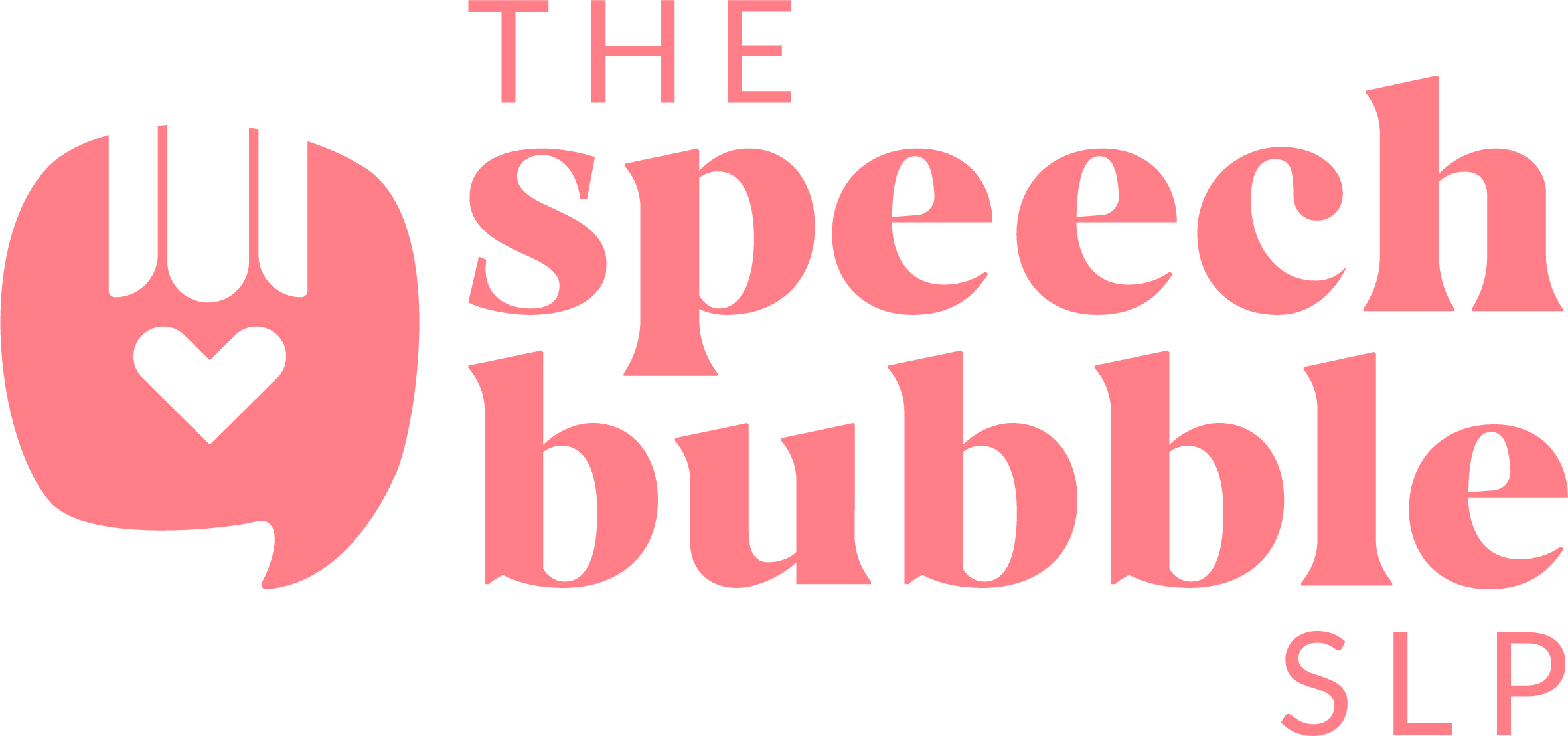
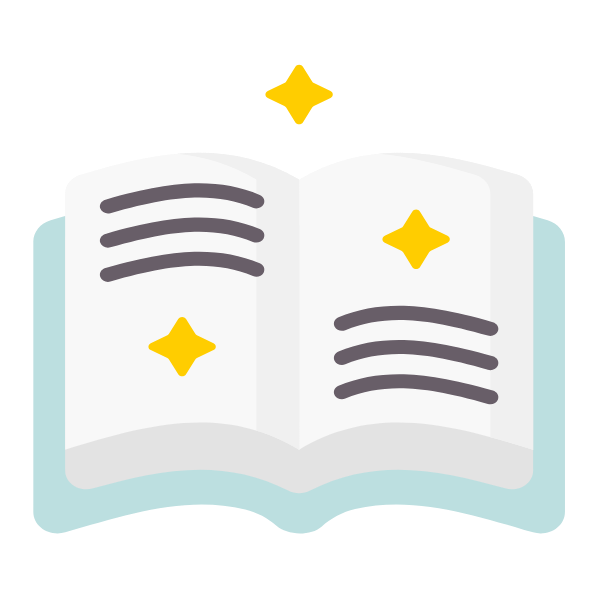


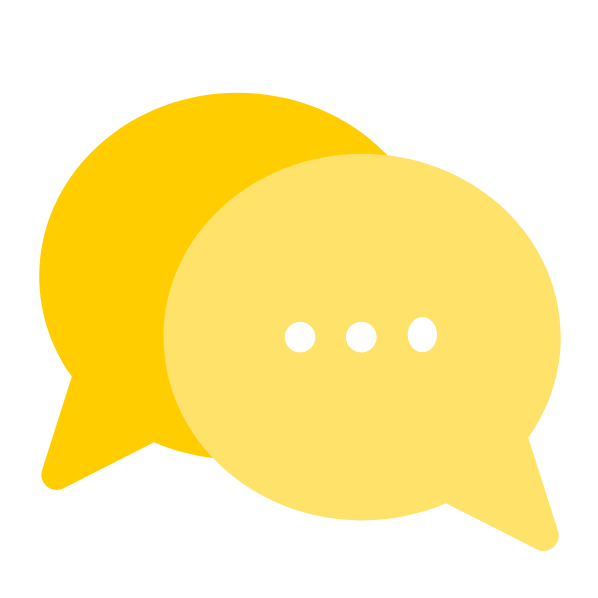

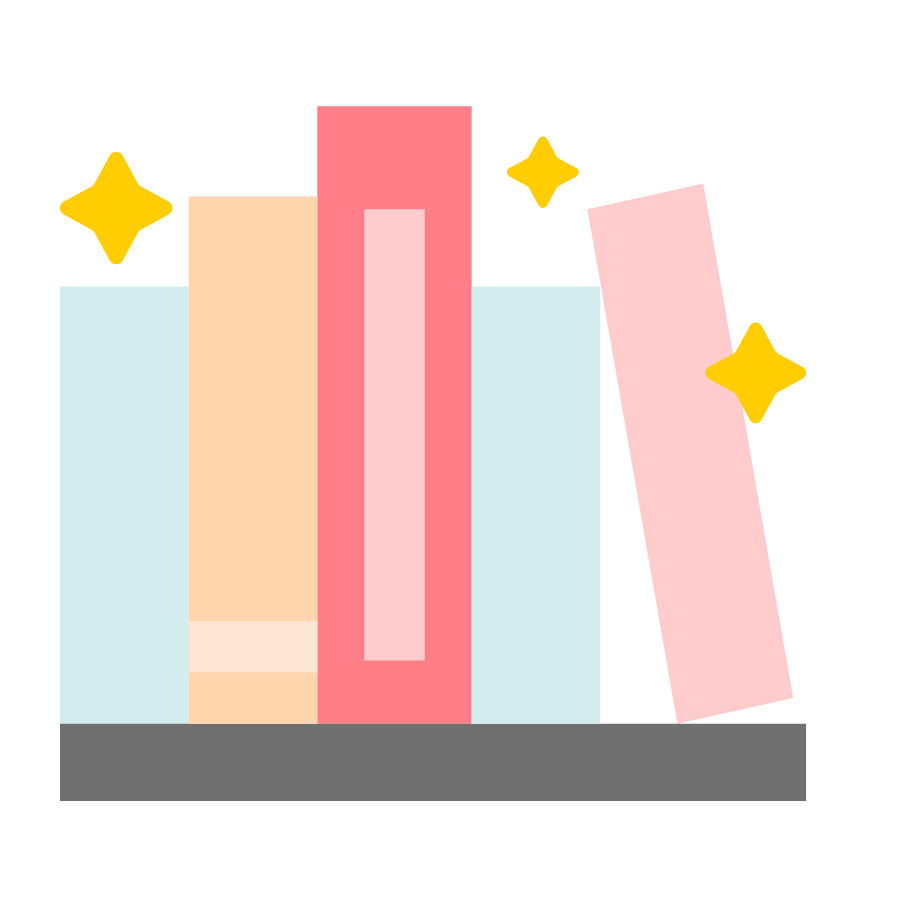
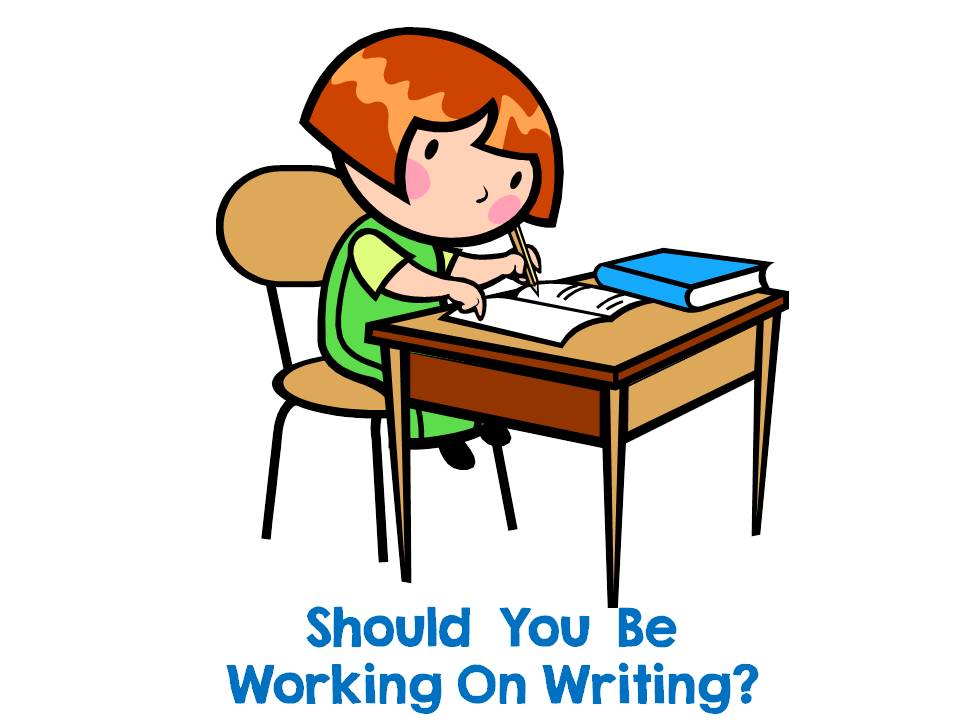

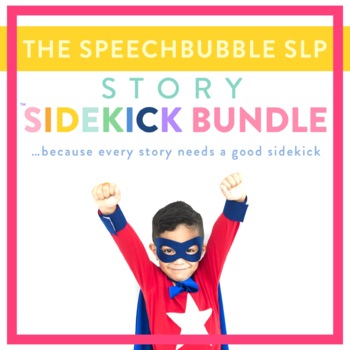







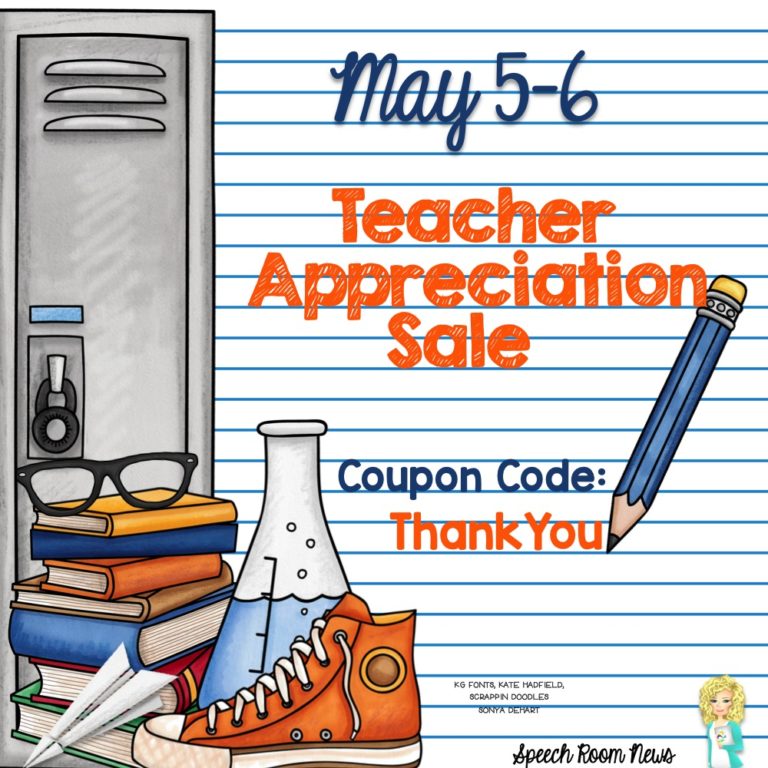
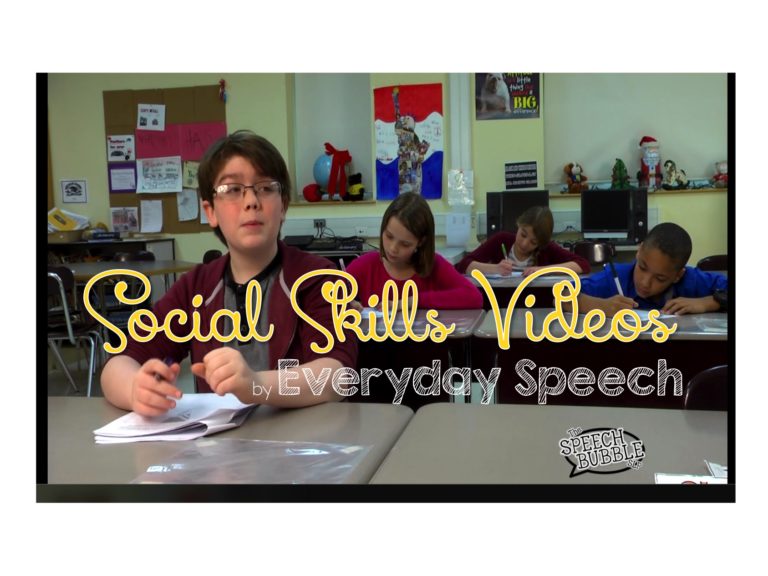


4 Responses
THANK YOU!!!! I was ready to quit my job as a SLP in a FL middle school today. My school staffing specialist shared that they were informed that improving written language was outside the scope of the SLP in our state. She disagreed but shared this with me. I was HORRIFIED! That is not what I was taught in my MS program at FSU. We called the SLP Director and she confirmed that in FL, SLPs are not to teach writing. The problem is that most teachers across the USA no longer have the skills to teach phonics OR writing, especially to kids who struggle with disabilities. I was so upset that I cried for an hour and figured that I had better get a new job. I MUST do what is right! These kids start out with a handicap and now I am supposed to ignore the fact that they can’t write a simple sentence?! I was told, “Well then, they are obviously SLD kids.” I have yet to see gen ed, much less kids with SLD receive enough supports to improve their writing skills. I use exactly the strategies that you have shared here. Would LOVE an email from you about this topic and how to change the system. Maybe it is time for me to move!